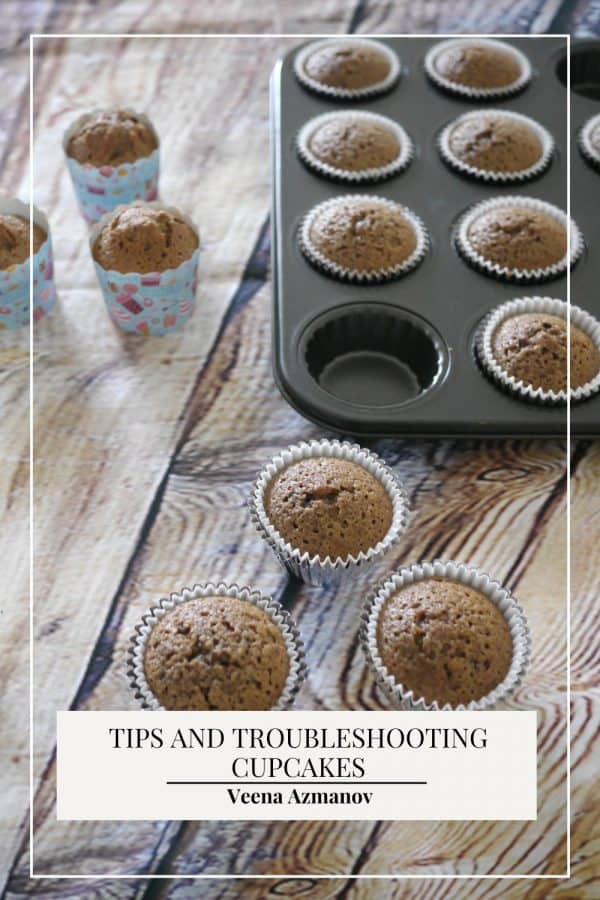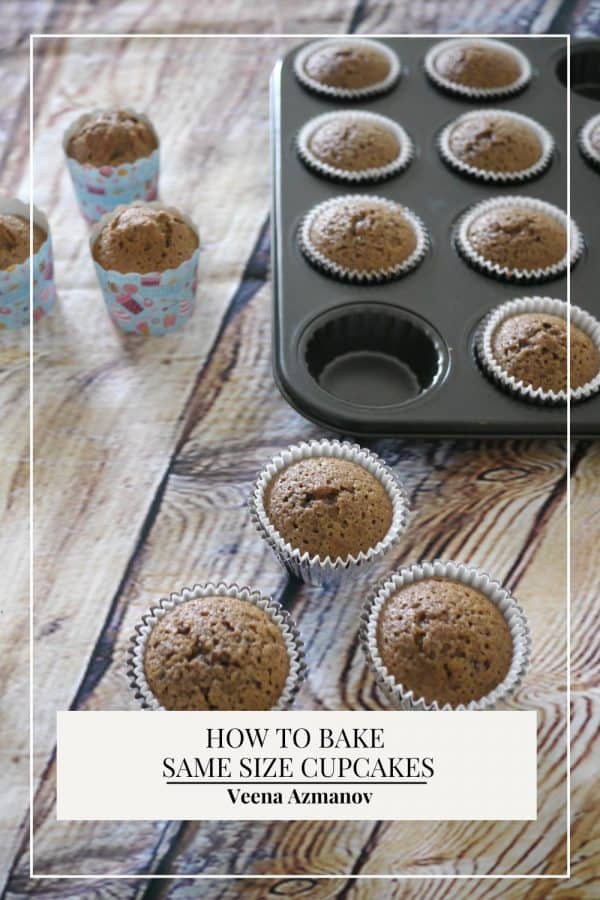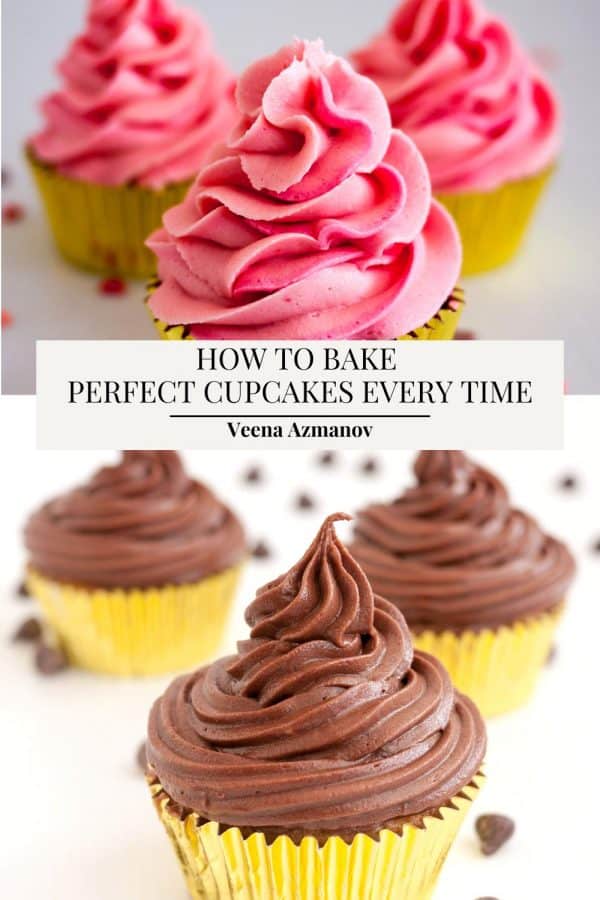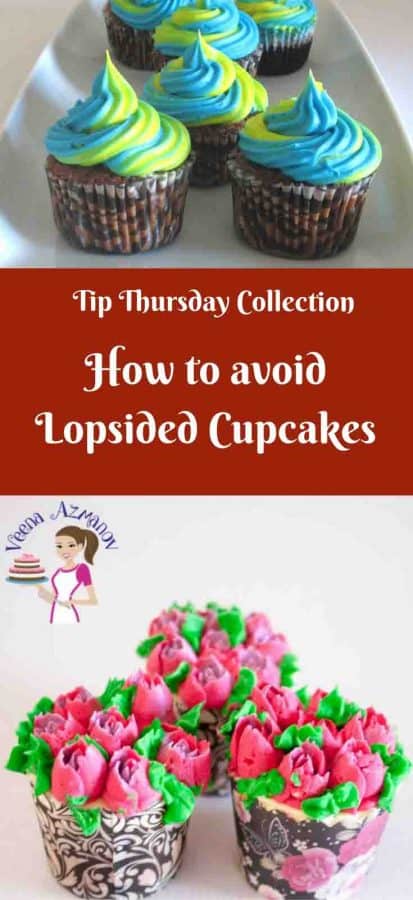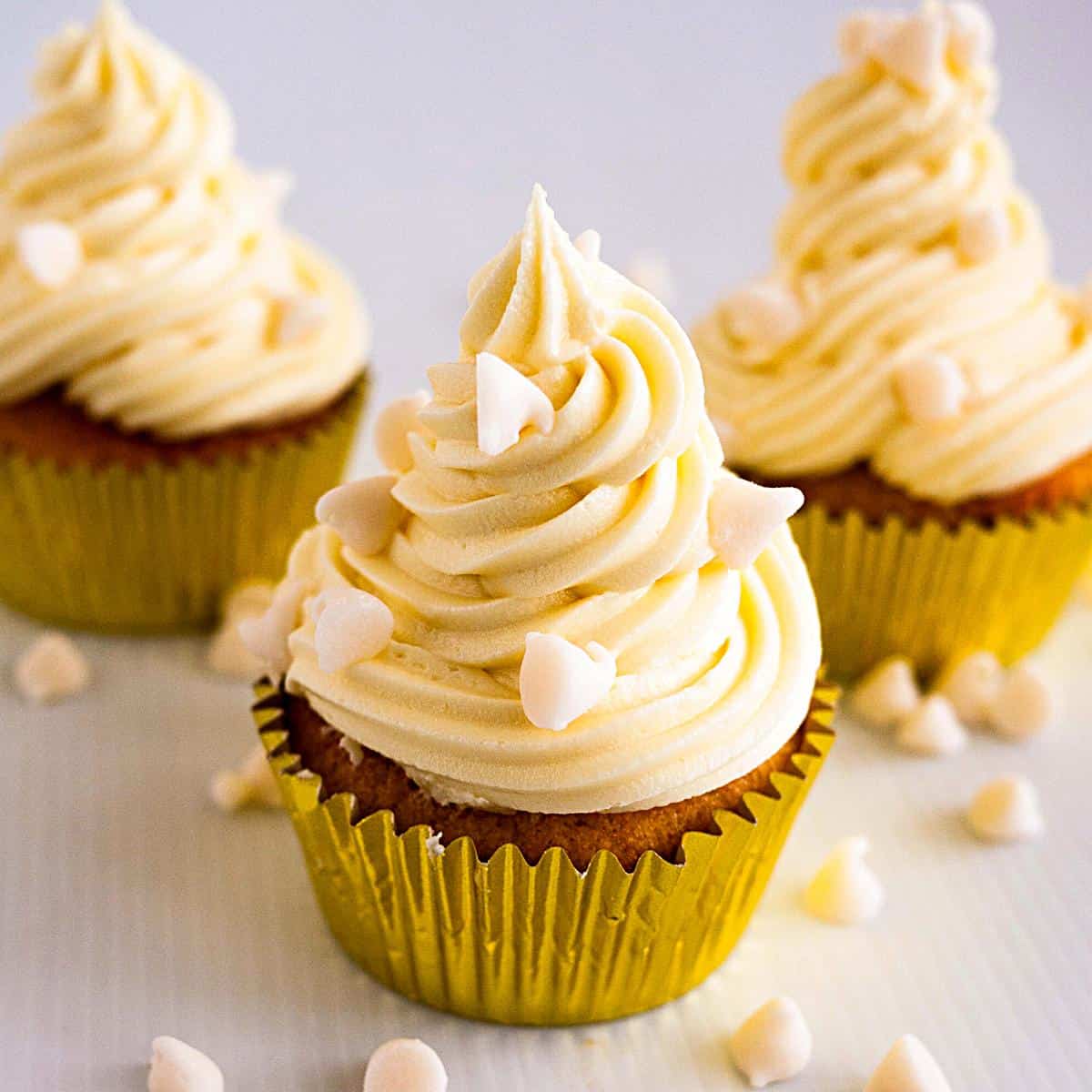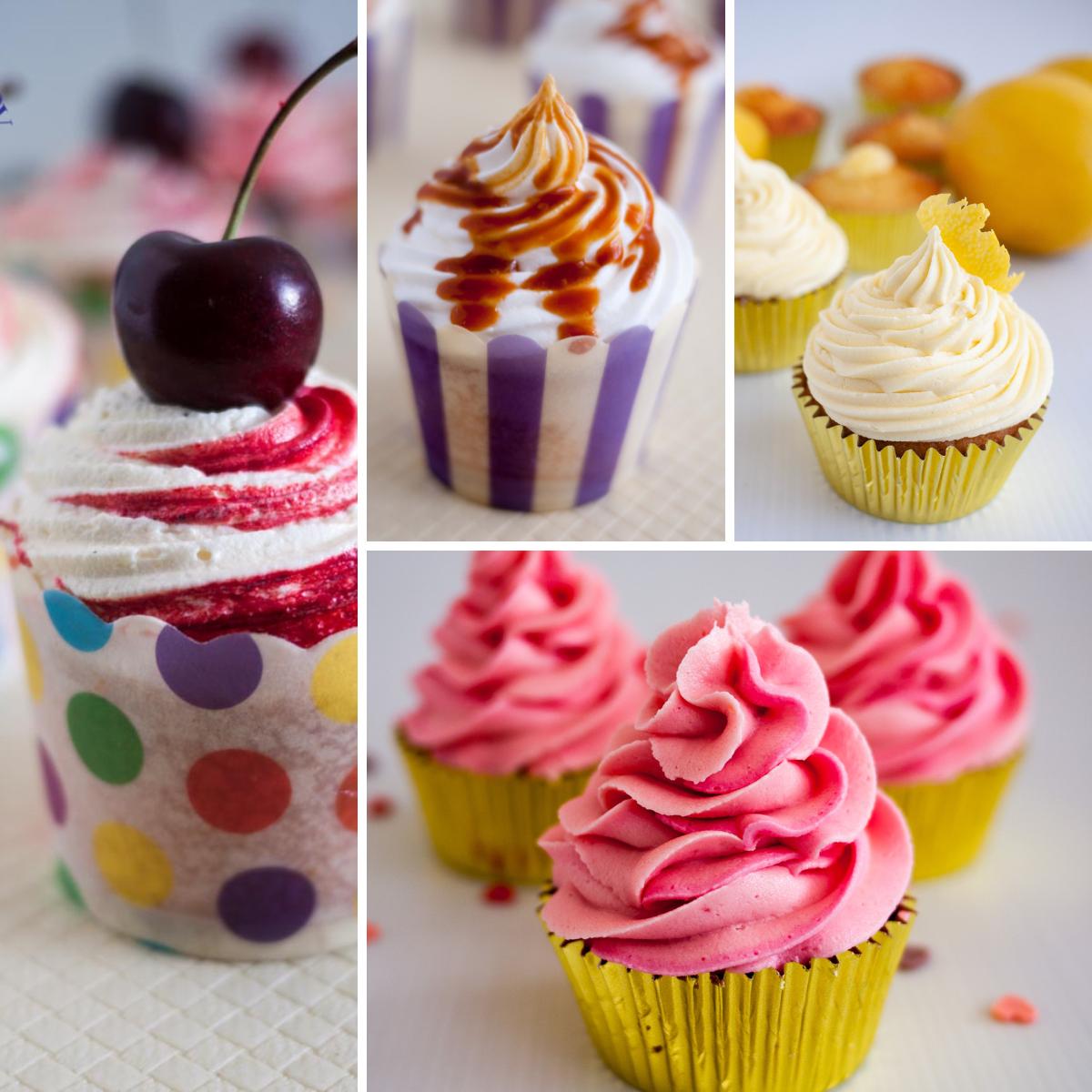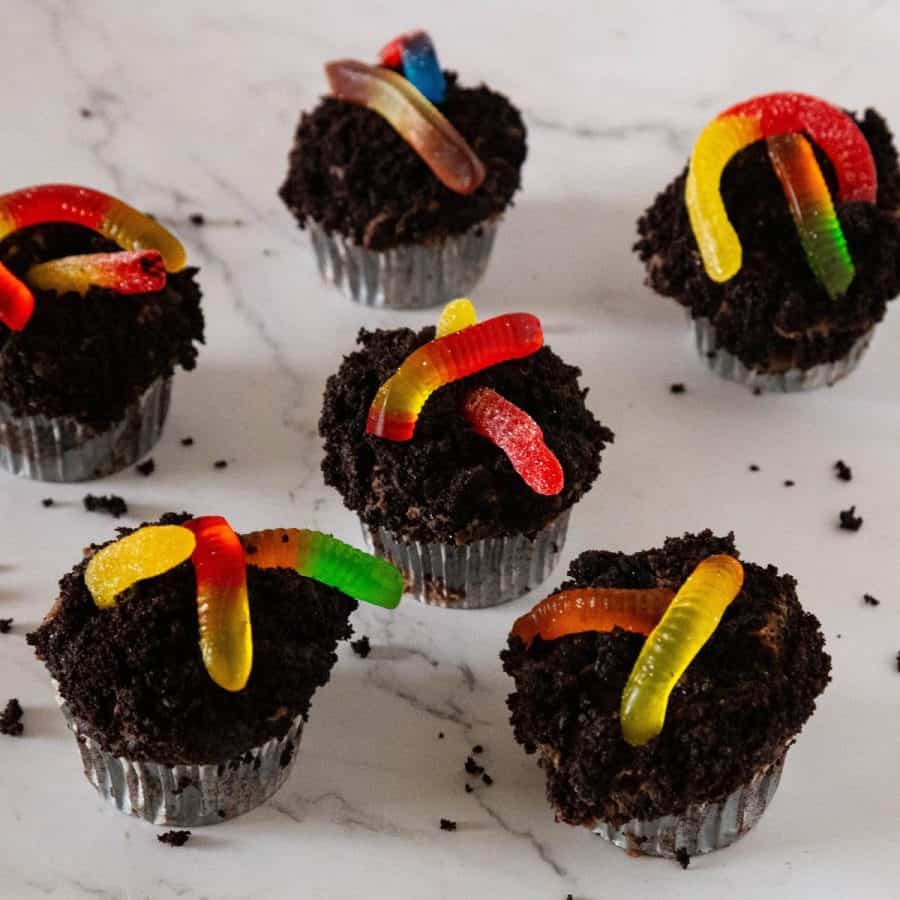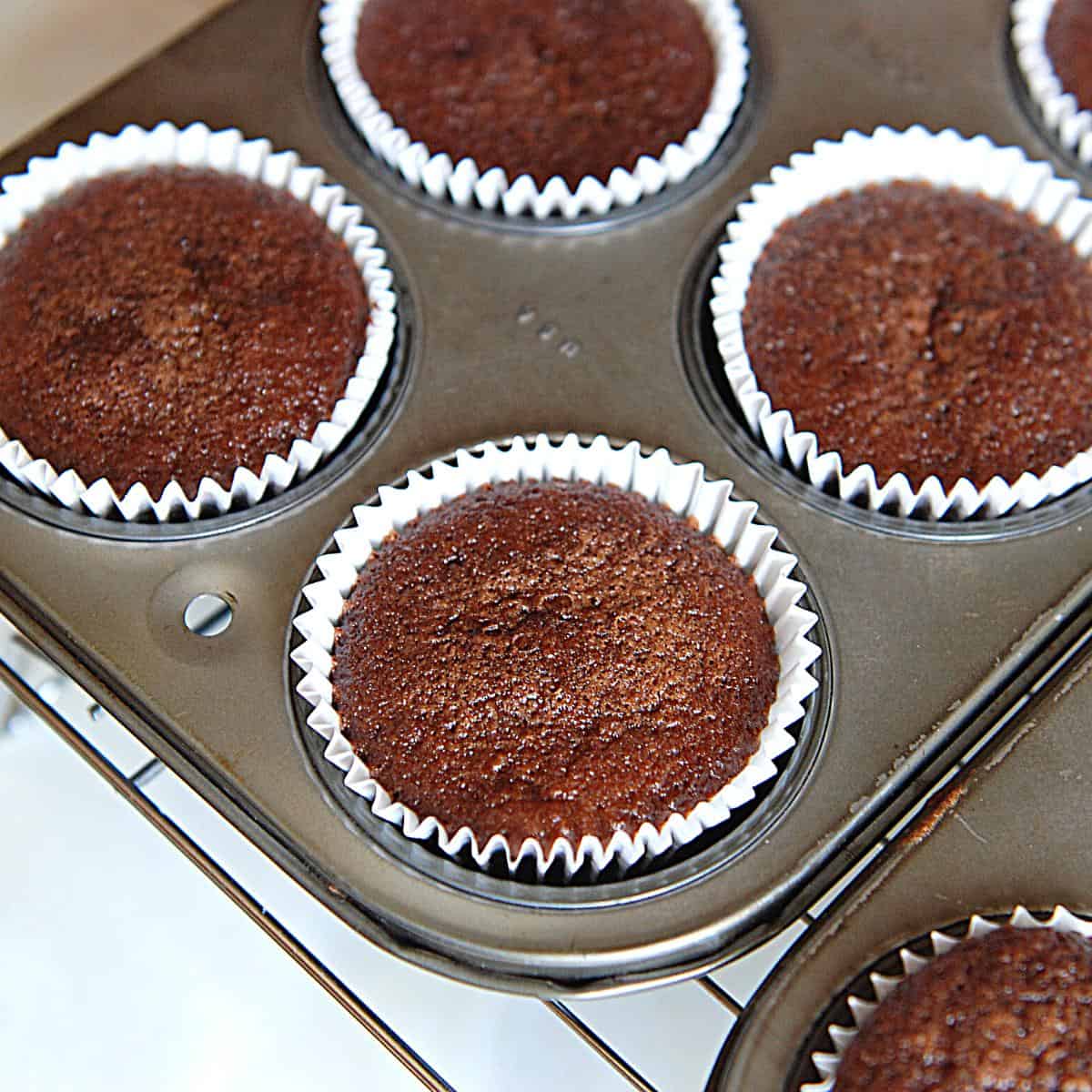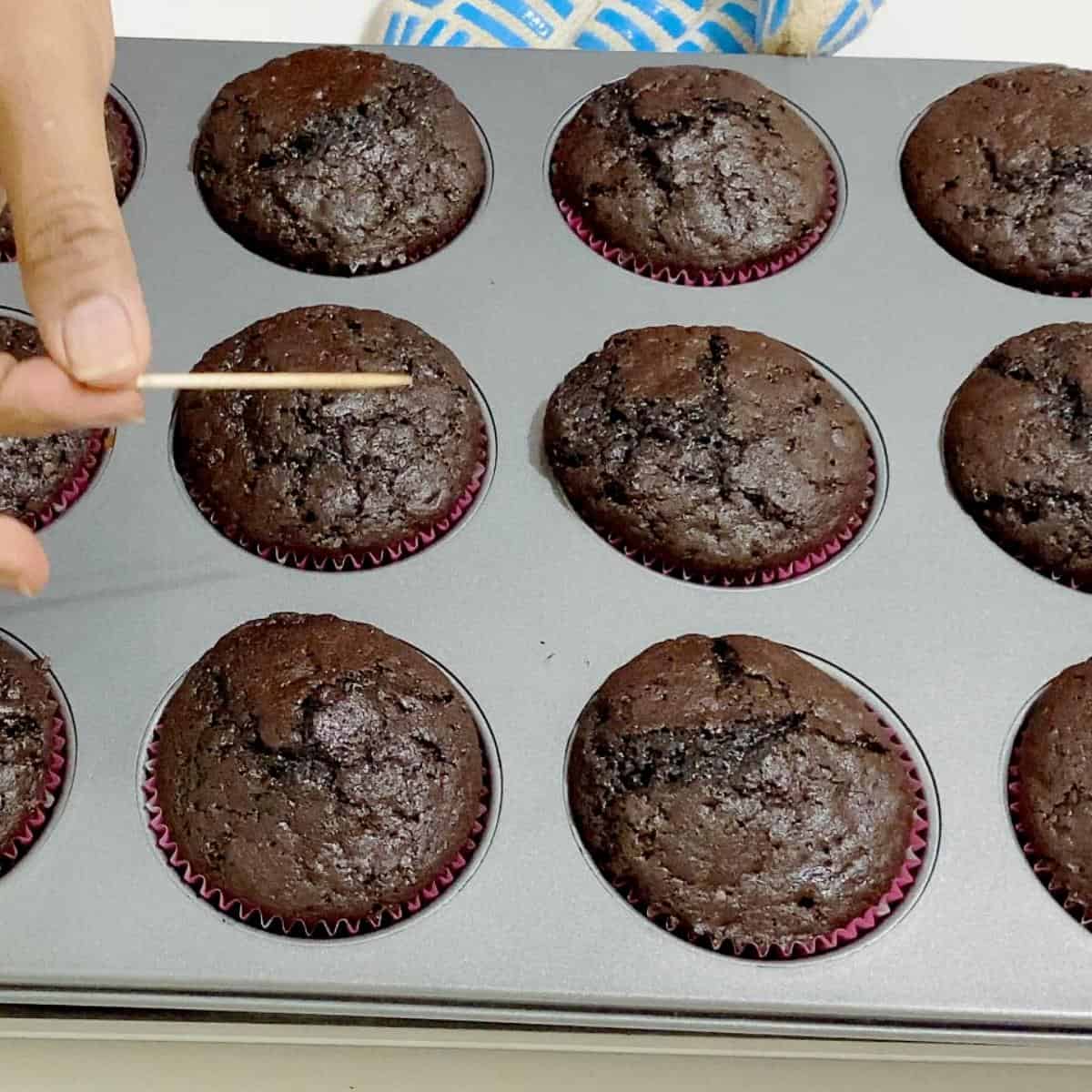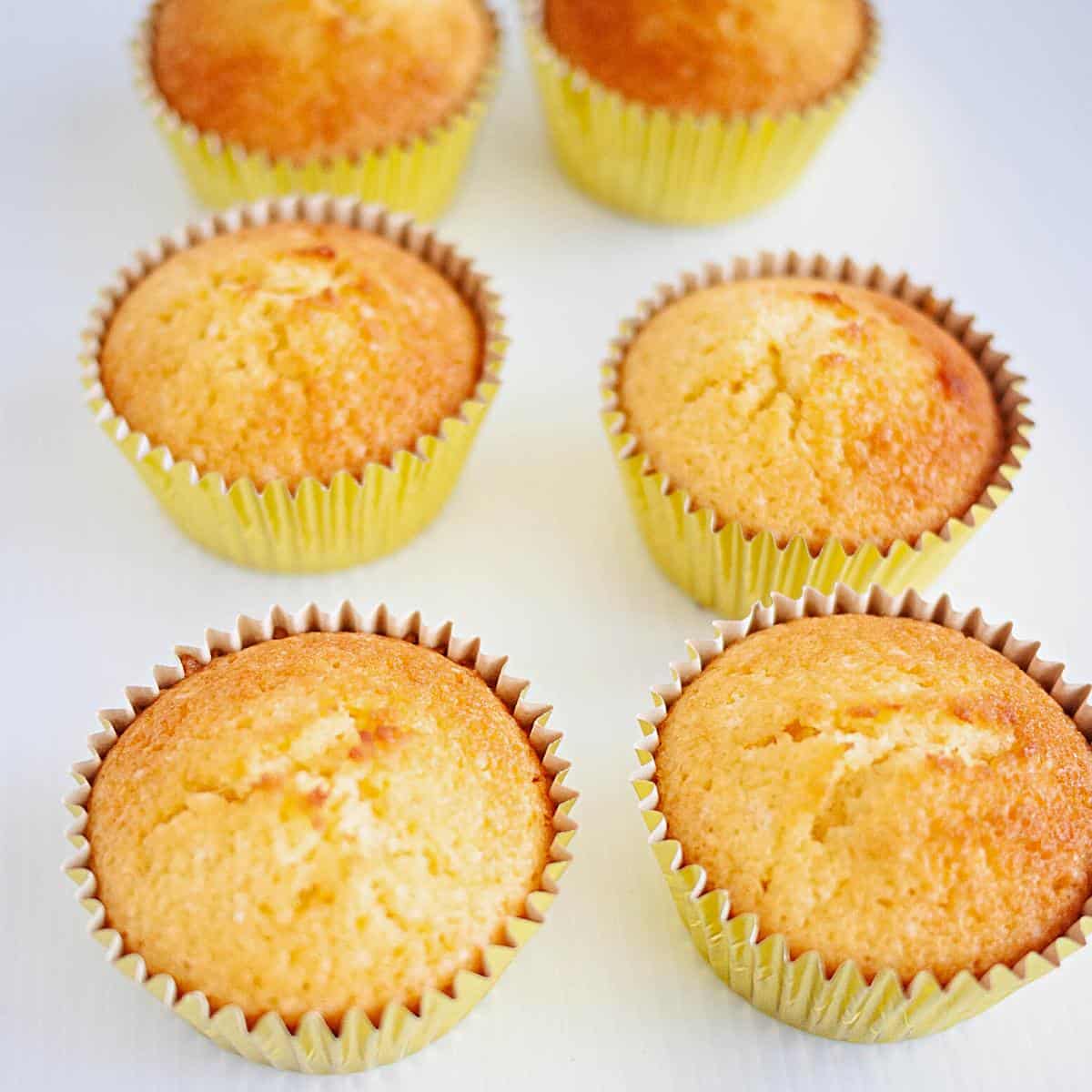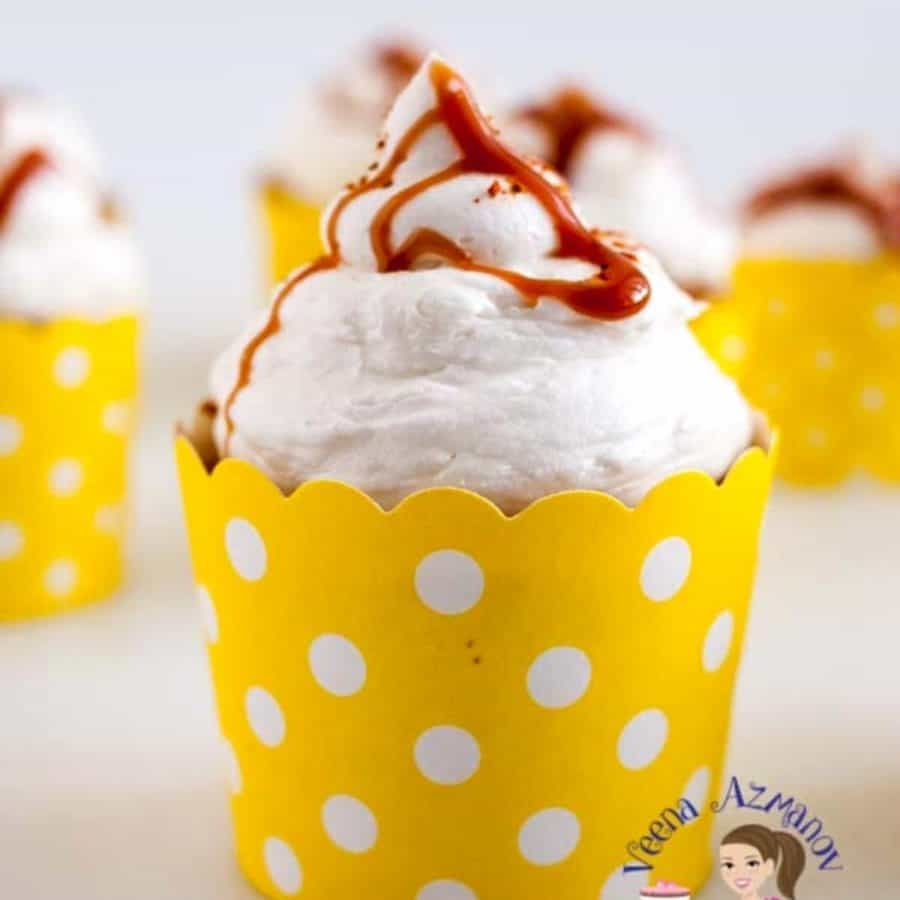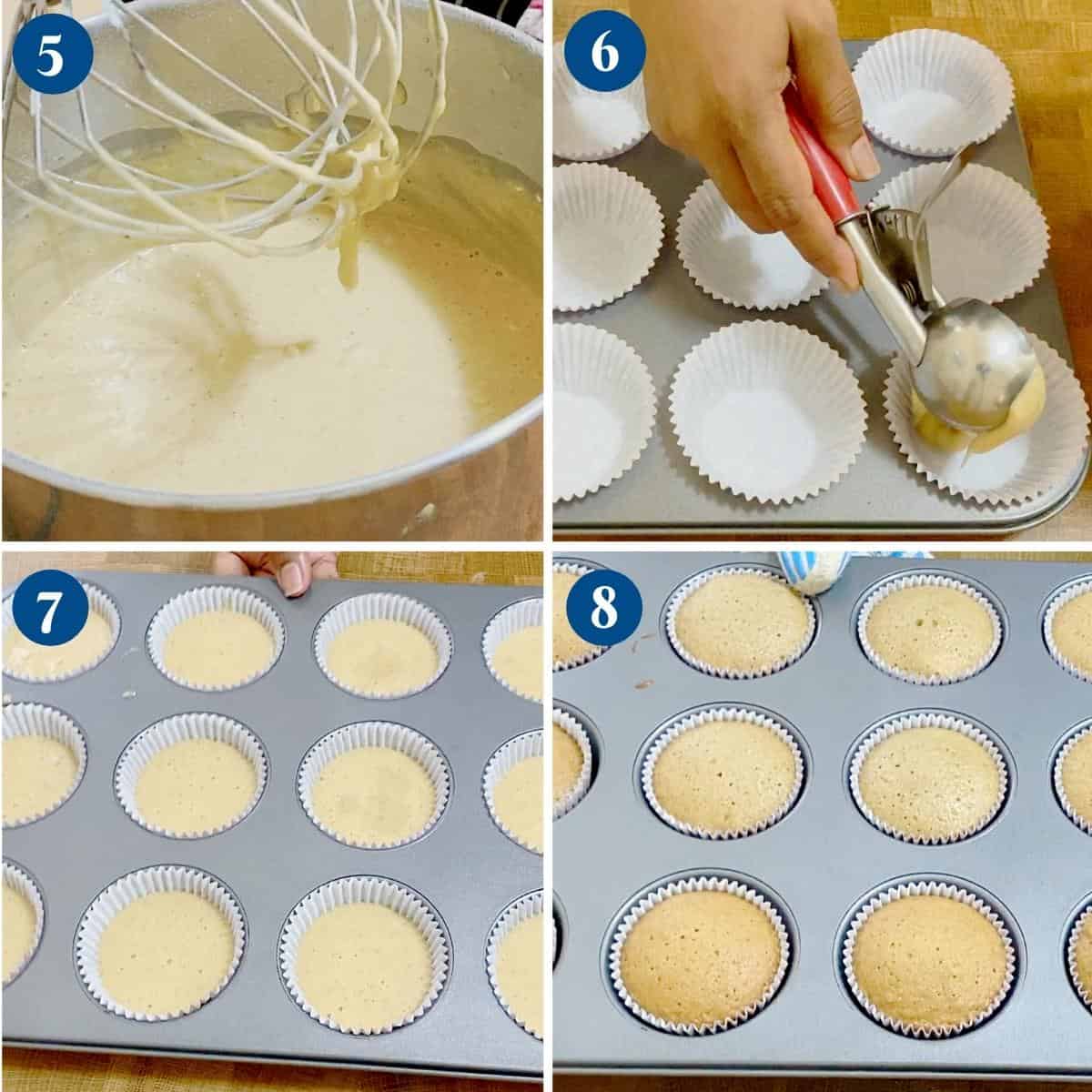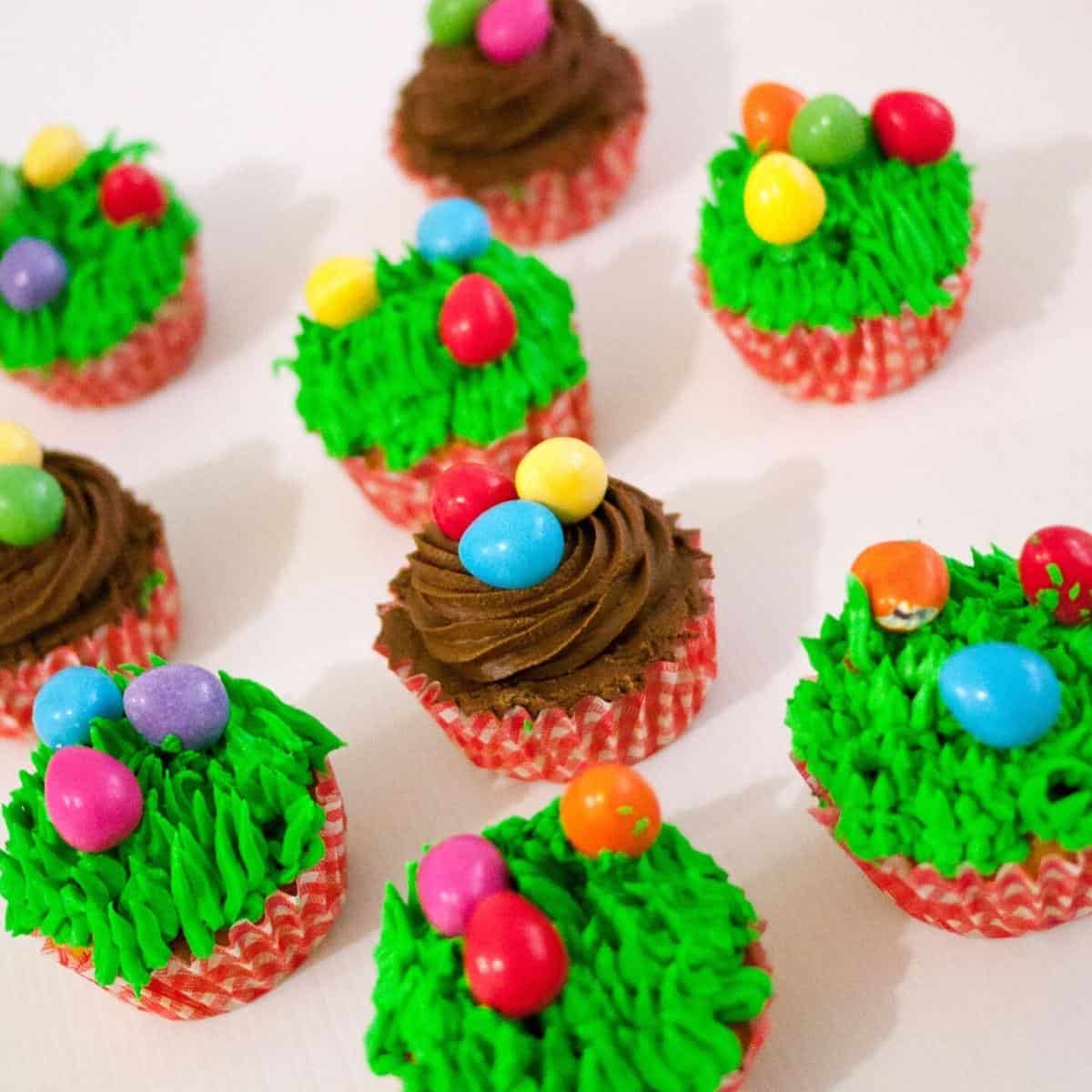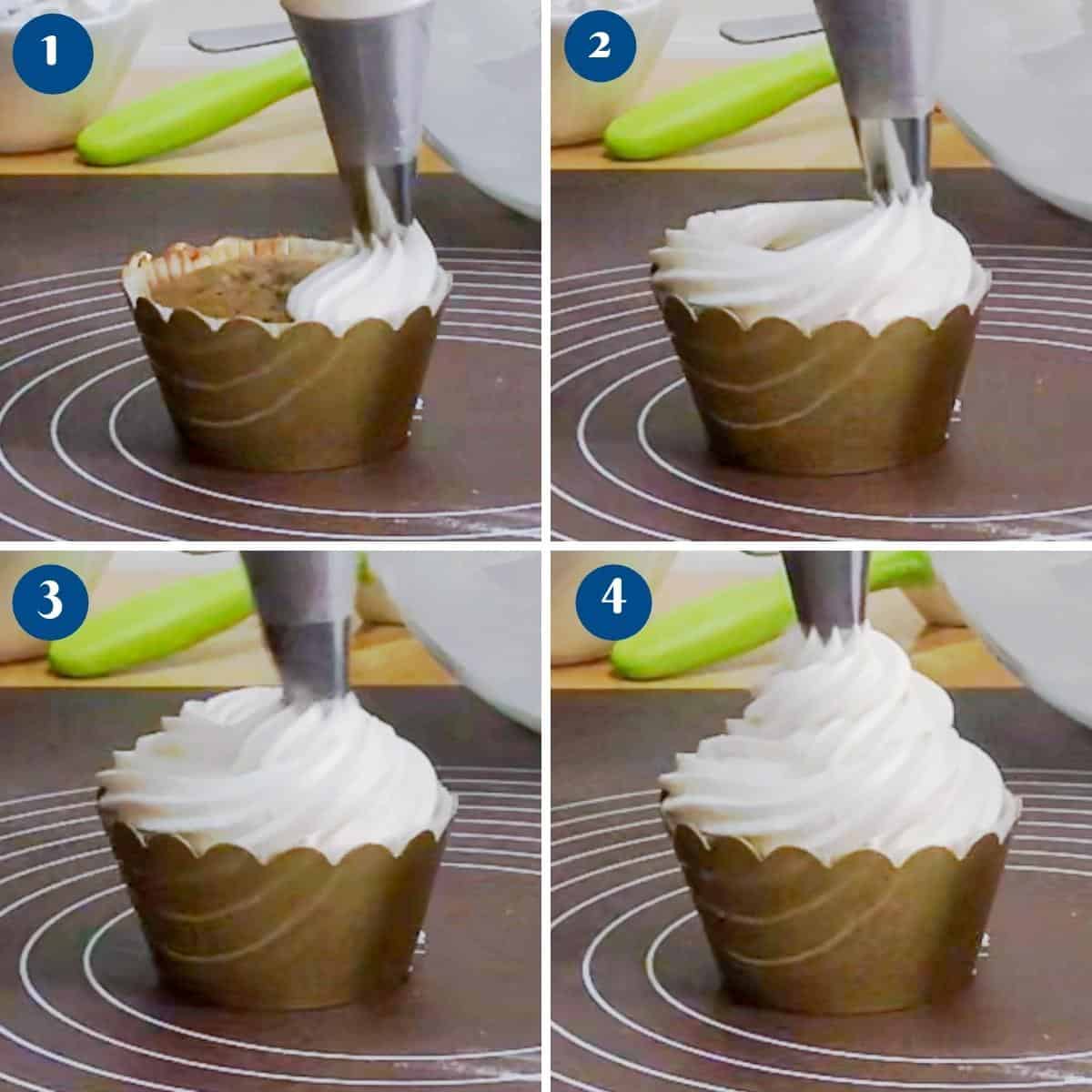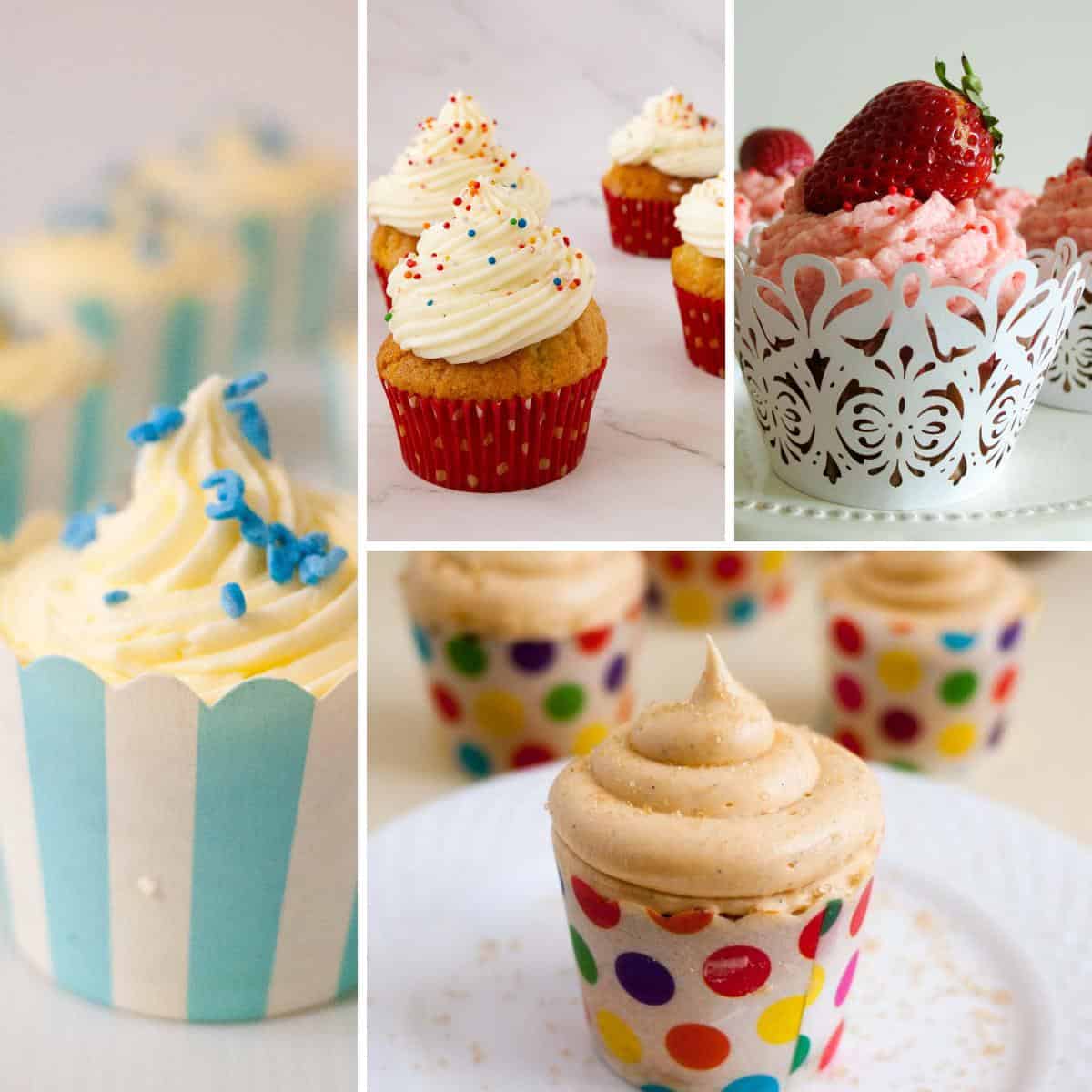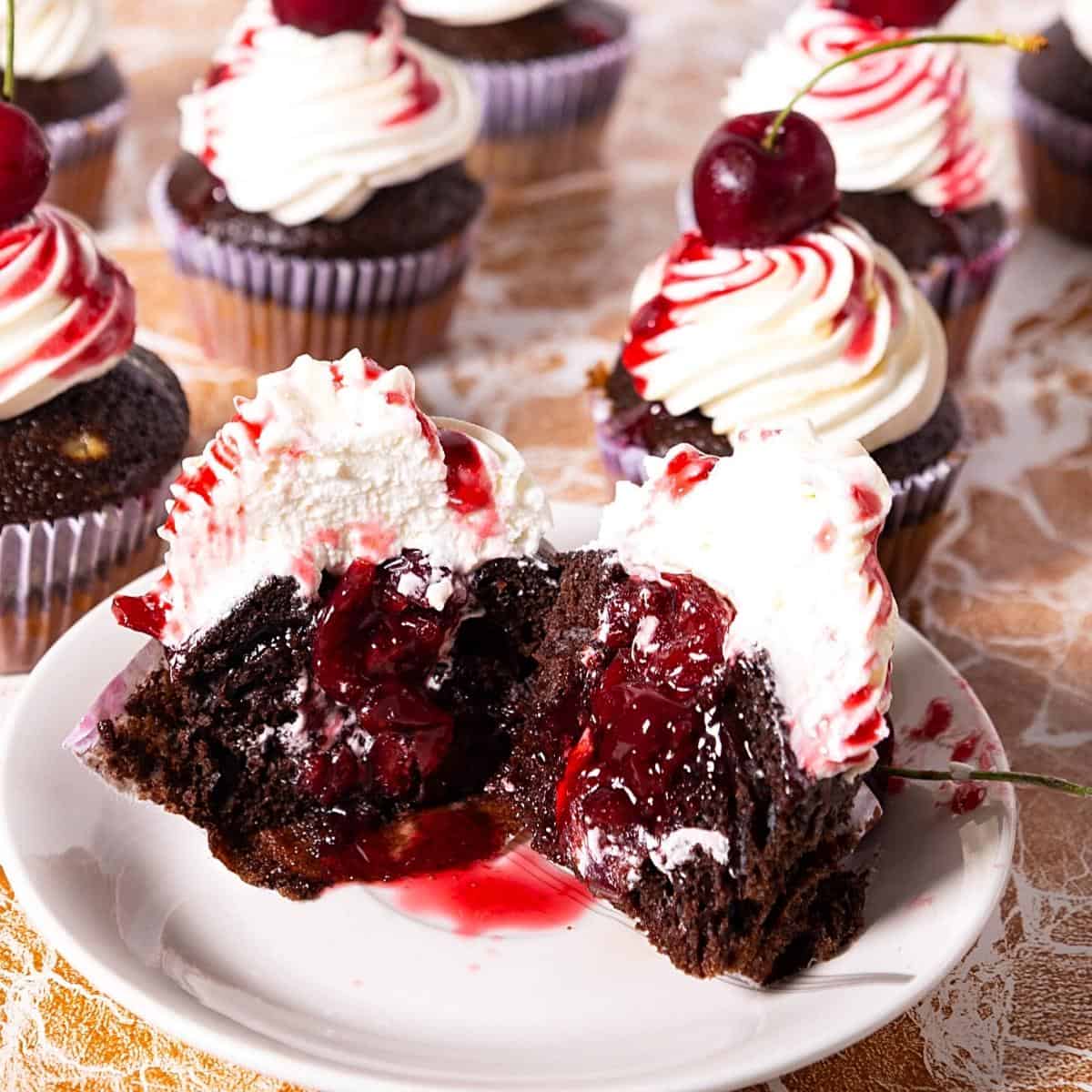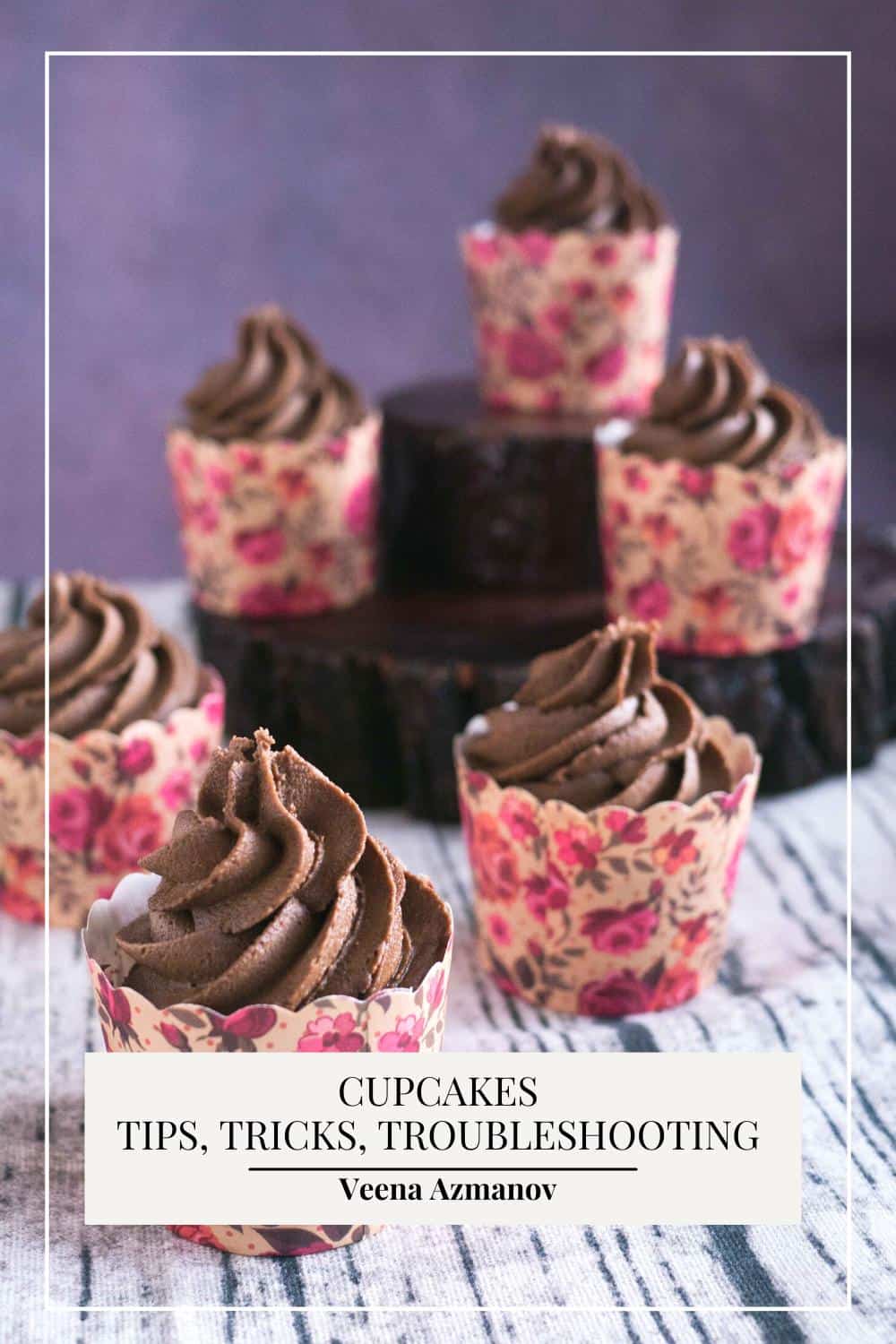Have you baked cupcakes only to take them out of the oven all lopsided, wonky or unevenly baked cupcakes? That’s usually how we call them isn’t is? Lopsided/wonky or uneven baked cupcakes? Well, those are usually the words people use when they message me. Now I don’t really have pictures of unevenly baked cupcakes; just because it never occurred to me to take pictures. But trust me I’ve had my fair share of these when I just started baking cupcakes. Of course, if you going to decorate them with buttercream or fondant then it’s not an issue right? No one knows under the frosting what really happened. Remember, practice makes perfect, so don’t be discouraged if your first attempts aren’t flawless. With time and experience, you’ll improve your cupcake-baking skills. Enjoy the process and have fun experimenting with flavors and decorations!
Follow the recipe accurately: Carefully measure all the ingredients as per the recipe instructions. Baking is a science, and precise measurements are crucial for consistent results. Use room temperature ingredients: Bring eggs, butter, and other dairy ingredients to room temperature before using them. Room temperature ingredients blend more easily and result in better texture. Preheat the oven: Make sure to preheat your oven before placing the cupcakes inside. This ensures that the cupcakes bake evenly and rise properly. Use quality ingredients: Choose high-quality ingredients for the best flavor and texture. Fresh eggs, good-quality flour, and pure vanilla extract can make a significant difference. Mix the batter correctly: Follow the mixing instructions provided in the recipe. Overmixing can lead to dense cupcakes, while undermixing can result in uneven texture. Mix until the ingredients are just combined. Fill the cupcake liners correctly: Fill each cupcake liner about two-thirds full to allow room for the cupcakes to rise. Using an ice cream scoop or a spoon can help ensure consistent measurements. Don’t open the oven too often: Avoid opening the oven door frequently while the cupcakes are baking. Sudden temperature changes can affect the baking process. Rotate the cupcake pan: If you notice uneven baking in your oven, halfway through baking, rotate the cupcake pan 180 degrees to ensure even heat distribution. Check for doneness: Test the cupcakes for doneness by inserting a toothpick or cake tester into the center. If it comes out clean or with a few crumbs, they’re done. Avoid overbaking, as it can result in dry cupcakes. Cool properly: Allow the cupcakes to cool in the pan for a few minutes, then transfer them to a wire rack to cool completely. This prevents them from becoming soggy due to trapped steam. Frosting and decorating: Once the cupcakes are completely cooled, you can frost and decorate them as desired. Ensure the cupcakes are cooled to room temperature to prevent the frosting from melting.
One of the problems with cupcake baking can be unevenly baked cupcakes or as we say lopsided, wonky cupcakes. These can be very frustrating. Here are 8 tips to make cupcakes rise evenly, help troubleshoot and figure out what could be the possible cause. These are also tips that can help make sure you bake a perfect cupcake every single time.
Proper measurement of ingredients: Accurate measurement of ingredients is crucial for the texture and moisture of your cupcakes. Use measuring cups and spoons to ensure you add the right amount of flour, sugar, liquids, and fats as specified in the recipe. Don’t overmix the batter: Overmixing can lead to gluten development, resulting in dense and dry cupcakes. Mix the batter just until the ingredients are combined. Overmixing can also cause too much air to be incorporated into the batter, which can lead to a drier texture. Use quality fats: Fats like butter or vegetable oil contribute to the moisture and tenderness of cupcakes. Ensure you use good-quality butter or oil that is at room temperature. Cream the butter properly before adding other ingredients to incorporate air and create a lighter texture. Include moistening ingredients: Adding ingredients that retain moisture can enhance the moistness of your cupcakes. These can include ingredients like sour cream, yogurt, buttermilk, applesauce, mashed bananas, or pureed fruits. These ingredients not only add moisture but also provide flavor and tenderness to the cupcakes. Do not overbake: Be careful not to overbake your cupcakes, as this can lead to dryness. Follow the recommended baking time in the recipe and keep a close eye on them towards the end of baking. Use a toothpick or cake tester to check for doneness. If it comes out with a few moist crumbs attached, the cupcakes are done. Proper cooling and storage: After baking, allow the cupcakes to cool completely before storing them. This helps the cupcakes retain their moisture. Store the cupcakes in an airtight container to prevent them from drying out. If desired, you can also place a slice of bread in the container to help retain moisture. Consider syrups or fillings: To add extra moisture and flavor, you can brush the cupcakes with a simple syrup or add a filling. Syrups can be made by heating equal parts of water and sugar until the sugar dissolves. Brushing the cupcakes with the syrup while they’re still warm helps retain moisture. Fillings such as fruit preserves or ganache can also add moisture to the center of the cupcakes.
By following these tips, you can create moist and delicious cupcakes that will impress your taste buds. Remember to choose a reliable recipe and make adjustments based on your preferences and baking conditions.
Cupcakes sinking in the middle: Possible causes: Overmixing the batter, underbaking, or opening the oven door too soon. Solutions: Mix the batter just until the ingredients are combined. Ensure the cupcakes are baked for the recommended time and test for doneness with a toothpick. Avoid opening the oven door until the cupcakes have set. Cupcakes not rising: Possible causes: Outdated baking powder or baking soda, improper measurement of leavening agents, or oven temperature too low. Solutions: Check the expiration dates of your baking powder and baking soda. Use fresh leavening agents and measure them accurately. Ensure the oven is preheated to the correct temperature as specified in the recipe. Cupcakes are dry: Possible causes: Overbaking, too much flour, or too little fat or liquid in the recipe. Solutions: Bake the cupcakes for the recommended time and check for doneness using a toothpick. Ensure that you are measuring the flour accurately and not packing it too tightly. Double-check the fat and liquid quantities to ensure they are sufficient for moisture. Cupcakes are dense and heavy: Possible causes: Overmixing the batter, too much flour, or not enough leavening agents. Solutions: Mix the batter just until the ingredients are combined to avoid overmixing. Measure the flour accurately and avoid packing it too tightly. Check the recipe for the correct amount of leavening agents and ensure they are fresh. Cupcakes are burnt on the bottom: Possible causes: Oven temperature too high or cupcakes placed too close to the bottom heating element. Solutions: Use an oven thermometer to ensure your oven is at the correct temperature. Adjust the oven rack to the center position to prevent the cupcakes from being too close to the heating element. Cupcakes are unevenly baked: Possible causes: Uneven oven temperature, improper filling of cupcake liners, or overcrowding the oven. Solutions: Use an oven thermometer to verify the temperature and make sure it’s accurate. Fill the cupcake liners evenly, about two-thirds full. Avoid overcrowding the oven by baking in multiple batches if necessary. Cupcakes sticking to the liners: Possible causes: Low-quality or non-stick liners, overbaking, or not allowing the cupcakes to cool adequately. Solutions: Use high-quality cupcake liners or consider using silicone baking cups. Bake the cupcakes for the recommended time, and avoid overbaking. Allow the cupcakes to cool in the pan for a few minutes before transferring them to a wire rack to cool completely.
Some of these issues need a little more attention so let’s explore them further. Shall we? By addressing these common issues, you can troubleshoot and improve your cupcake baking results. Remember to follow the recipe carefully and make adjustments as needed based on your specific baking conditions. Happy baking!
Uneven oven temperature: An inaccurate oven temperature can lead to uneven baking. It’s important to preheat your oven properly and use an oven thermometer to ensure the temperature is accurate. Hot spots or cold spots within the oven can also cause uneven baking, so rotating the cupcakes halfway through baking can help. Improperly filled cupcake liners: If you overfill or underfill the cupcake liners, it can result in uneven baking. Fill each liner about two-thirds full to allow room for the cupcakes to rise evenly during baking. Uneven batter distribution: If you don’t distribute the cupcake batter evenly among the liners, some cupcakes may end up with more batter than others. Use a scoop or spoon to ensure consistent amounts of batter in each liner. Incorrect oven rack position: Placing the cupcake pan on an incorrect oven rack can affect baking. The ideal position is usually in the center of the oven, where the heat is evenly distributed. Different cupcake sizes: If you have cupcakes of different sizes in the same batch, they may bake at different rates. Try to ensure uniformity in size to promote even baking. Baking pan material: Different baking pans conduct heat differently. Dark-colored pans tend to absorb more heat and can result in uneven baking. Consider using light-colored aluminum pans or silicone baking cups, which promote even heat distribution. Opening the oven door too frequently: Frequently opening the oven door during baking can cause fluctuations in temperature, leading to uneven baking. Try to resist the temptation to check on the cupcakes too often. Altitude and humidity: Environmental factors like altitude and humidity can affect baking. High altitudes and humid climates may require adjustments to the recipe, such as altering the oven temperature or baking time.
By addressing these factors, you can increase the chances of achieving more even baking results for your cupcakes.
Cupcakes rise too fast – High oven temperature – reduce temperature slightly. or cupcakes have cracks on the top – again means they are rising much too fast – the oven is too high. Lower temperature slightly. Cupcakes bak quicker then the time stated (in 15 minutes as compared to the stated 20 minutes )–usually because the oven is too high. Reduce temperature. Then there are cupcakes baked but raised on one side – uneven heating – means your oven fan needs to be switched off or oven temperature lowered by 25%. Cupcakes baked raised on one side and cracked – Using fan assisted oven and the oven temperature is too high – cupcakes will bake faster and dry out. Lower temperature significantly. All cakes are baked towards one side in your oven –the oven tray or oven is not leveled. Fill cupcakes only 2/3 full so they have space to rise. Bake one cupcake tray at a time. If you have to bake two – have the oven fan on so it will distribute heat evenly but at a lower setting. Rotate the pan in between cooking this will help them rise evenly too. It’s better to have a cupcake take longer to bake than to have a wonky lopsided cupcake. Right?
To achieve uniform cupcakes that are baked to the same size, remember to practice and make adjustments as needed based on your specific oven and recipe. Remember to also handle the cupcakes gently when removing the liners to maintain their appearance. To prevent cupcakes from becoming sticky on top:
Ensure the cupcakes are completely cooled before storing them. Store cupcakes in a cool, dry place with low humidity. Use a moderate amount of frosting or toppings, avoiding excessive amounts that may not fully set or dry. If using syrups or fillings, apply them sparingly and ensure they are well-absorbed or set before storing the cupcakes.
By paying attention to storage conditions and the amount of moisture introduced to the cupcakes, you can help prevent them from becoming sticky on top. Additional tips:
Work with chilled or slightly firm frosting for better control and definition in your swirls. Avoid overfilling the piping bag, as it can lead to messy piping and inconsistent results. Fill the bag about two-thirds full to maintain control. If the frosting becomes too soft or warm while piping, you can refrigerate the cupcakes briefly to firm up the frosting before continuing.
Remember, piping the perfect cupcake swirl takes time and practice. Don’t be afraid to experiment, have fun, and develop your own unique piping style. Enjoy the process and the delicious cupcakes you create!
Prepare the cupcakes: Bake your cupcakes as usual, following your preferred recipe. Allow them to cool completely before proceeding with the filling. Choose the filling: Select a filling that complements the flavor of your cupcakes. Popular options include fruit preserves, chocolate ganache, caramel, pastry cream, or whipped cream. Ensure that the filling has a smooth consistency and is not too runny. Prepare the filling and piping bag: If necessary, prepare the filling according to the recipe instructions. Transfer the filling to a piping bag fitted with a narrow round or filling tip. If you don’t have a piping bag, you can use a zip-top bag with the corner snipped off. Create a filling hole: Use a cupcake corer or a small sharp knife to create a hole in the center of each cupcake. Insert the corer or knife at an angle and gently twist or carve out a small portion of the cupcake, making sure not to cut through the bottom. Set aside the removed cake pieces. Fill the cupcakes: Insert the piping tip into the hole you created and gently squeeze the piping bag to fill the cavity with the filling. Start with a small amount of filling and gradually increase it as needed. Be careful not to overfill, as it may cause the cupcake to burst or become unstable. Replace the cake piece: Trim off a portion of the cake piece that was removed earlier to fit the hole. Place the trimmed piece back on top of the filling, gently pressing it down to cover the hole. The cake piece should sit flush with the cupcake’s surface. Repeat for all cupcakes: Repeat the filling process for each cupcake until they are all filled. Frost or decorate the cupcakes: Once the cupcakes are filled, you can proceed to frost or decorate them as desired. The filling will add an extra layer of flavor and surprise to the cupcakes.
It’s important to note that filled cupcakes are best consumed within a day or two, as the filling can potentially soften the cupcake over time. When storing filled cupcakes, keep them refrigerated to maintain the freshness of the filling. Remember, cupcakes are at their best when freshly baked, so it’s ideal to consume them within a day or two. Proper storage techniques will help preserve their quality for as long as possible.
Goat cheese spinach strudel Vanilla Cupcakes with Custard Buttercream Challah Sandwich Bread One Recipe Three Cupcake Flavors Coffee Cupcakes
Frequently asked questions
Cupcakes are a delicious treat and a delightful way to showcase your creative baking skills. But, with all the ingredients and methods involved, it’s easy to make mistakes or feel overwhelmed when baking cupcakes. I hope this article has provided you with everything you need to know to make perfect cupcakes every time: from the most helpful tools and ingredients, to troubleshooting common problems, and top-notch tips and tricks. Whether you’re a cupcake novice or a seasoned baker, I hope you’ll learn something new that will enhance your baking experience. So, let’s get started! Please do leave a feedback. Thank you for sharing - Save for later

